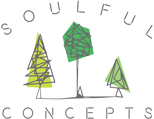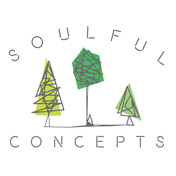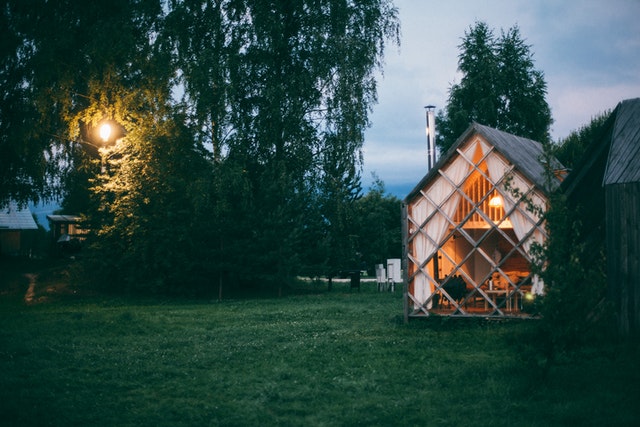5 Net-Zero Communities That Inspire Clean Living
Climate change is a topic of societal, economic, and political contention as the world faces increasing impacts from extreme weather events and an uncertain future. Approximately two-thirds of global greenhouse gas emissions derive from the energy sector. Currently, countries are enacting policies to combat climate change and achieve net-zero by 2050.
In a recent Pew Research Center study, respondents from 17 countries expressed their concerns about climate change. The findings showed 72% of respondents worried they’d be directly affected by climate change, while 80% were willing to make significant lifestyle changes to reduce it.
Yet, climate policies and human behavioral changes demand innovation to tackle something so tremendous. That’s where net-zero communities – those which are fully operable without tapping into the electric grid – have set the stage for a transition to renewable energy.
What Is a Net-Zero Community?
Net-zero communities are spearheading the latest developments in green construction by delivering healthier, cleaner living spaces while improving the environment. By definition, a net-zero community offsets its energy use by achieving balance between energy consumed and renewable energy generated on-site.
Builders strive for net-zero status by optimizing plumbing, wiring, reducing energy waste, water conservation, and sustainable agriculture integration.
According to the U.S. Department of Energy’s (DOE) Energy Ready Home Program, net-zero homes are 50% more efficient than the traditional home after meeting stringent requirements. Regarding entire communities embracing green living standards globally, the idea of living solely on renewables brings a once-distant dream to fruition.
Leaders in Green Innovation: 5 Net-Zero Communities
Society has been clear about its desire for more sustainable living and increasing the demand for renewable energy alternatives. Here are five net-zero communities paving the way for eco-friendly living.
The Fabric in Melbourne, Australia
The Fabric is a master-planned community located in Melbourne, Australia. The project, which broke ground in late 2020, consists of 50 two-, three-, and four-bedroom townhomes containing the following sustainable features:
- 5-kilowatt peak (5 kWp) solar panels with 10-kilowatt hours (10 kWh) of battery storage capabilities
- Home automation energy monitoring
- Heat-pump water systems
- Energy-efficient lighting
- Fully electric appliances
- Reverse-cycle air conditioning
- 32-Amp electrical point chargers in the garage for electric vehicles
The Fabric project will cost about $2 million and is one of Australia’s first of its kind. The goal, of course, is to prove that the net-zero concept is attainable and practical. By purchasing a home in a net-zero community, homeowners will spend less money on utility bills and make more eco-friendly choices for future generations.
Net-Zero Housing Community in Cambridgeshire, England
Recently, the British government granted a net-zero home construction company millions of dollars to begin building the first sustainable community in Cambridgeshire, England.
The project aims to help homeowners save up to £700 on utility bills annually while the homes are expected to save the same amount of energy you would by not driving for 35 years.
Currently, the plan intends to build 30 homes, of which nine will be affordable housing. Another 2,000 net-zero homes are anticipated to be built across the country each year in the future.
Home construction will begin offsite in factories using a conveyer belt that helps waste fewer materials and drive down costs. The frames and walls will also integrate air-tight insulated panels instead of timber and brick. As the homes become operable, green features will include air-source heat pumps, smart devices using home automation, and solar panels at an additional expense.
Red Fox Crossing in New Berlin, Wisconsin
The Red Fox Crossing neighborhood located in New Berlin, Wisconsin, includes 34 homes with solar panel systems optimized for sustainable living.
Traditional homes accrue approximately $3,000 in energy costs annually, while the net-zero residences of Red Fox Crossing will help owners save about $900 in utilities. Additional features include advanced HVAC and smart water features that will allow homeowners to save about 10,000 gallons of water each year.
Kaupuni Village in Oahu, Hawaii
Construction on Kaupuni Village in Oahu, Hawaii, began around 10 years ago by the Hawaii Clean Energy Initiative (HCEI) of 2008 and was the first net-zero community in the state. The use of renewables helps the homes here use about 40% of the energy consumption of a traditional home.
To meet the sustainability goals of net-zero, the household and community-wide features of this neighborhood and its development with 19 single-family homes include:
- Solar panel systems on each house
- Energy-efficient appliances and lighting
- Natural ventilation
- High-efficiency HVAC systems
- Green building design
- Integration of native plant species for habitat growth
- Innovative landscaping irrigation systems
- Edible gardens
- Hydroponics and aquaculture
The HCEI was a partnership between the State of Hawaii and the DOE that aims to reach 70% clean energy throughout Hawaii by 2030.
Living Zenith, Utah
Located in the Liberty Park neighborhood of Salt Lake City, Utah, Living Zenith was one of the first net-zero communities that consisted of five single-family homes.
In addition to relying on solar panel systems for energy efficiency, its passive home construction uses sustainably sourced western red cedar, recycled steel, and reclaimed finishes. Additionally, air-tight insulation ensures an interior temperature of 71° Fahrenheit year-round with advanced HVAC systems.
Following the Living Zenith community, its builders constructed 12 net-zero townhomes nearby to promote walkability to downtown amenities. The townhomes also use reclaimed or recycled materials with ultra-energy-efficient appliances and designs.
Net-Zero Communities: A Path Forward For Sustainability
Although net-zero communities are expensive to build, they have the potential to be far more cost-effective than attempting to reverse climate change impacts in the future.
As energy costs associated with fossil fuels and electricity increase, adopting green initiatives and infrastructure is all the more critical for a healthier planet with fewer carbon emissions, better air quality, and lower utility expenses.
Author Bio: Evelyn Long is a writer and the editor-in-chief of Renovated. Her work focuses on green building and sustainability initiatives.






Sorry, the comment form is closed at this time.